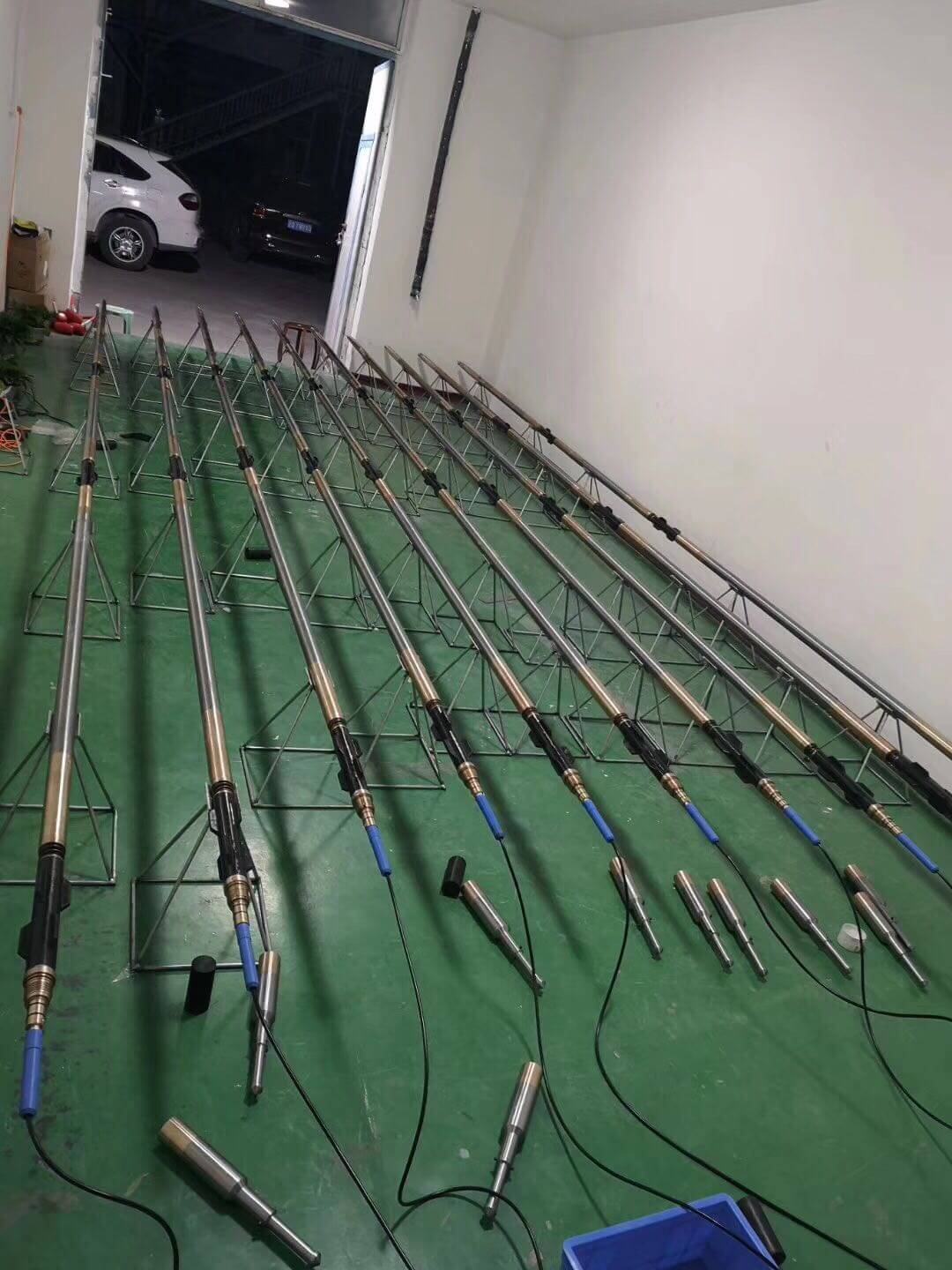What is the difference between MWD and LWD?
Measurement While Drilling (MWD): Abbreviation for “Measurement While Drilling” in English.
The wireless MWD instrument can make timely measurements during the drilling process, that is, when drilling is not stopped, the mud pulse generator sends the data measured by the downhole probe to the surface, and the computer system collects and processes the real-time wellbore parameters. And formation parameters. MWD can measure the inclination angle, azimuth angle, tool face angle and natural gamma strength of the formation during the drilling process, and provide timely wellbore parameters and formation evaluation data for the drilling of highly deviated wells and horizontal wells. This instrument is indispensable technical equipment for improving drilling speed and ensuring drilling quality in directional and horizontal well drilling operations.
Logging While Drilling (LWD): Abbreviation for “Log While Drilling” in English.
The first is the resistivity measurement, and then the neutron, density, etc. The difference lies in the parameters to be obtained.
MWD is mainly measurement while drilling. Measure the well’s azimuth, well inclination, tool face (magnetic force, gravity), and guide drilling; LWD measures the well’s azimuth, well inclination, and tool face, and also measures resistivity, natural gamma, well pressure, porosity, Density, etc., it can replace the current wireline logging.
The parameters of the downhole signal transmission device become pulses or pressure waves, which are transmitted to the ground through the drilling fluid in the drill pipe as a conductor, and enter the ground part of the system. On the ground part, the signal receiver usually installed on the riser converts the parameters into electrical signals and transmits them to the computer through the cable for filtering, decoding, display and recording. Currently, there are two signal transmission systems in common use, one is pulse type and the other is continuous-wave type. The pulse type is divided into positive pressure and negative pressure pulse. The positive pressure pulse system uses a plunger to block the drilling fluid channel instantaneously, causing the riser pressure to suddenly rise and a peak; the negative pressure pulse system uses a relief valve to open instantaneously to drain the drilling fluid to the annular space, causing riser pressure Sudden drop appears negative peak. The continuous wave system uses a set of slotted stators, rotors, and drilling fluid to generate a low-frequency wave of a certain frequency when passing through, and the signal is transmitted to the ground using this wave as a carrier. When using pulse-type MWD tools to measure, generally stop the pump and stop the turntable. When using continuous-wave type MWD tools, the measurement can be performed continuously with the drilling operation without stopping the drilling operation. The frequency of continuous-wave is generally higher than that of positive and negative pulses.
Generally speaking, the difference between the two is that LWD is more comprehensive than MWD. The general use of MWD is probe + battery + pulse + battery + gamma, and general LWD is probe + battery + pulse + battery ++ gamma + resistivity.
Please contact info@sennavs.com for more information. You can also click WhatsApp directly for model choosing or model recommendation.

